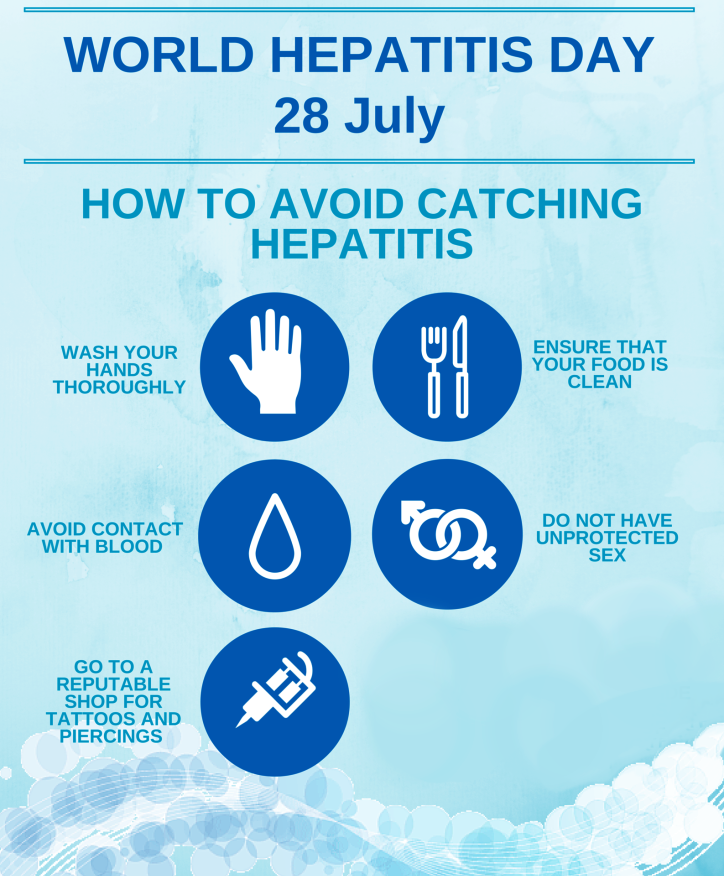31 May 2021 Public Awareness: World No-Tobacco Day
31 May 2021 Public Awareness: World No-Tobacco Day
The theme from this year’s World Health Organisation World No-Tobacco Day on 31 May 2021 is “Commit to Quit”.
Research has shown that many smokers have tried to quit but believes that they have ‘failed’ as they are still smoking. However, each attempt shows what method does not work for that individual, and maybe another technique will.
Some people just decide to stop one day. Others prefer to do it gradually. Here are some tips to help you change your smoking patterns.
The main thing is not to do this on your own but to establish a support system for those who have the same goal. Surround yourself with others who also want to quit. This buddy system will encourage you during difficult times. Share with your family and friends your commitment to quitting. They will support you in
achieving your new smoke-free life.
Preparation
- Choose a date on which you plan to quit, but avoid a date during a stressful time such as exams.
- As a smoker, your hands would be fidgeting with matches or holding a cigarette.
- Decide on how you will keep your hands busy by using a stress ball or playing with elastics.
- Plan how you are going to manage when you stop.
- You are breaking a long-standing habit, so write down why you smoke and why you want to stop.
- Start breaking the habit of reaching for a packet by putting elastic bands around the packet to make it difficult to open.
- Break your usual pattern by holding the cigarette in the other hand or smoke a brand you don’t like.
- If you smoke immediately when you get out of bed, then try and delay that first cigarette till later.
On the quit day
- Get rid of all reminders of the old smoking days, such as ashtrays and lighters.
- Take deep breaths as this will help to handle stress.
- When the urge to smoke strikes: drink a glass of water or do something physical like washing windows or going for a walk.
- Have healthy things to nibble, e.g. raisins, seeds, chewing gum.
- Chat to your support buddies.
- Keep chatting.
- Keep busy.
Danger signs
Many people drink alcohol and smoke at the same time. Avoid these things, these places and even those friends until you feel strong enough not to smoke and party.
Benefits
Within two weeks of quitting the cigarettes, the sense of smell and taste will have returned to normal, as well as your blood pressure. Circulation will start improving, and energy levels will increase as bronchial tubes relax. All nicotine will have left your body. Oxygen levels will return to normal. The chance of having a heart attack will have decreased.
Rewards
Make a note of all the money you are saving and use if for a treat because you are doing so well. Encourage the young people around you to not even start smoking.
Make use of quitlines and useful websites:
National Council Against Smoking Quitline – 011 7203145
CANSA Call Centre – 0800 22 66 22






 Here are some scary statistics published by the United Nations Road Safety Collaboration:
Here are some scary statistics published by the United Nations Road Safety Collaboration:
